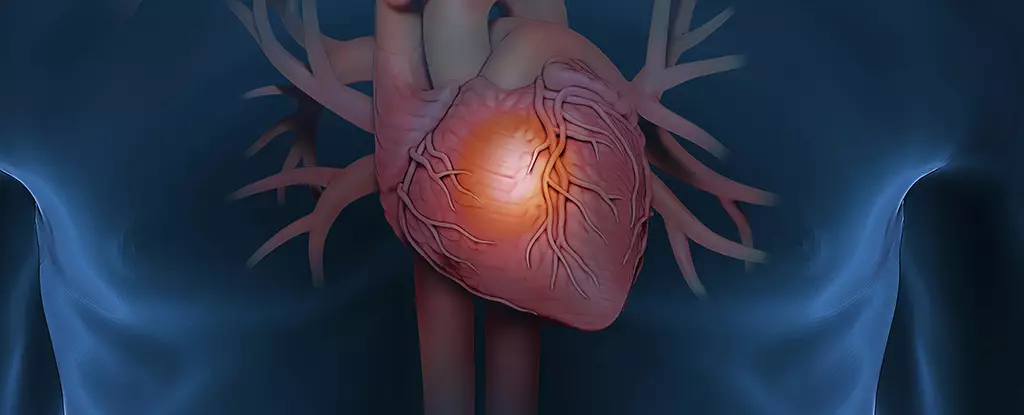Recent research has uncovered remarkable insights into the heart’s ability to heal itself following episodes of heart failure. This study suggests that with the right therapeutic interventions, the heart may not only recover but potentially exhibit regenerative capabilities that surpass those of a healthy heart. This shifts the paradigm of how we approach cardiac recovery, raising the possibility of developing innovative treatments that could enhance recuperation rates for patients experiencing heart damage. The findings have significant implications, but they also raise crucial questions regarding the underlying biological mechanisms that promote these improvements.
At the core of the study is the investigation of left ventricular assist devices (LVAD), which are surgically implanted devices designed to support patients suffering from advanced heart failure. These devices serve a dual purpose: they support circulation and provide an opportunity for the heart to heal. In the cohort analyzed—52 heart failure patients—28 had undergone LVAD implantation. Of particular interest is the observation that some patients exhibited such remarkable recovery that the LVAD could potentially be removed. However, the actual processes through which LVADs initiate cardiac recovery remained largely unexplored prior to this research.
The study’s methodology involved measuring levels of radioactive carbon (14C) in heart cells to determine the age of these cells, allowing researchers to assess regeneration rates. Interestingly, it was found that, in instances of heart failure, the formation of new cardiomyocytes—heart muscle cells responsible for muscle contractions—was considerably lower than in healthy hearts. Yet, with the introduction of an LVAD, the rate of cardiomyocyte regeneration surged, with scientists noting rates six times faster than those observed in healthy hearts. This revelation positions LVADs not only as a survival tool but as a catalyst for cardiac rejuvenation.
Despite these promising results, significant gaps remain regarding the mechanisms driving this enhanced regenerative response. The lead researcher, Olaf Bergmann, emphasized the need for further investigations to decode why LVAD treatment appears to unlock a superior repair mechanism within damaged hearts. Understanding these unknowns is crucial, particularly as the medical community explores the potential for pharmacological interventions or novel therapies based on these findings.
Bergmann remarked on the existing challenge: while the data spotlight the effects, they do not elucidate their origins. Scientists are now charged with a dual mission: to delve deeper into the cellular and molecular processes at play and to determine how these insights can be harnessed for effective treatment strategies. The goal is not just to support heart function but to spur its innate ability to recover, potentially leading to breakthroughs that avoid more invasive solutions such as heart transplants.
As we look to the future, the implications of this research could reshape how we treat heart failure. Investigative approaches, such as manipulating heart cells to adopt stem cell-like properties for repair purposes, reflect a burgeoning interest in regenerative medicine. Concurrently, advances in lab-grown heart tissue may further empower scientists to understand heart repair in a controlled environment, setting the stage for tangible therapeutic advancements.
The path forward is laden with challenges, but the recent findings inject a renewed sense of hope into cardiac recovery methodologies. They signal a shift from merely managing heart failure to revitalizing the heart’s natural recovery processes. With continued exploration, therapeutic strategies that enhance the heart’s ability to heal itself could soon become a reality, paving the way for safer, more effective interventions that prioritize the body’s innate capacities.
The latest study underscores the heart’s extraordinary regenerative potential in the post-failure context, especially with the aid of LVADs. While significant questions remain about the machinery driving these effects, the potential for innovations in treatment could yield life-altering benefits for those affected by heart failure. As researchers embark on this investigative journey, the hope is to unveil the secrets of cardiac self-repair, bringing us one step closer to mastering the art of healing a vital organ that has long baffled medical science.


Leave a Reply